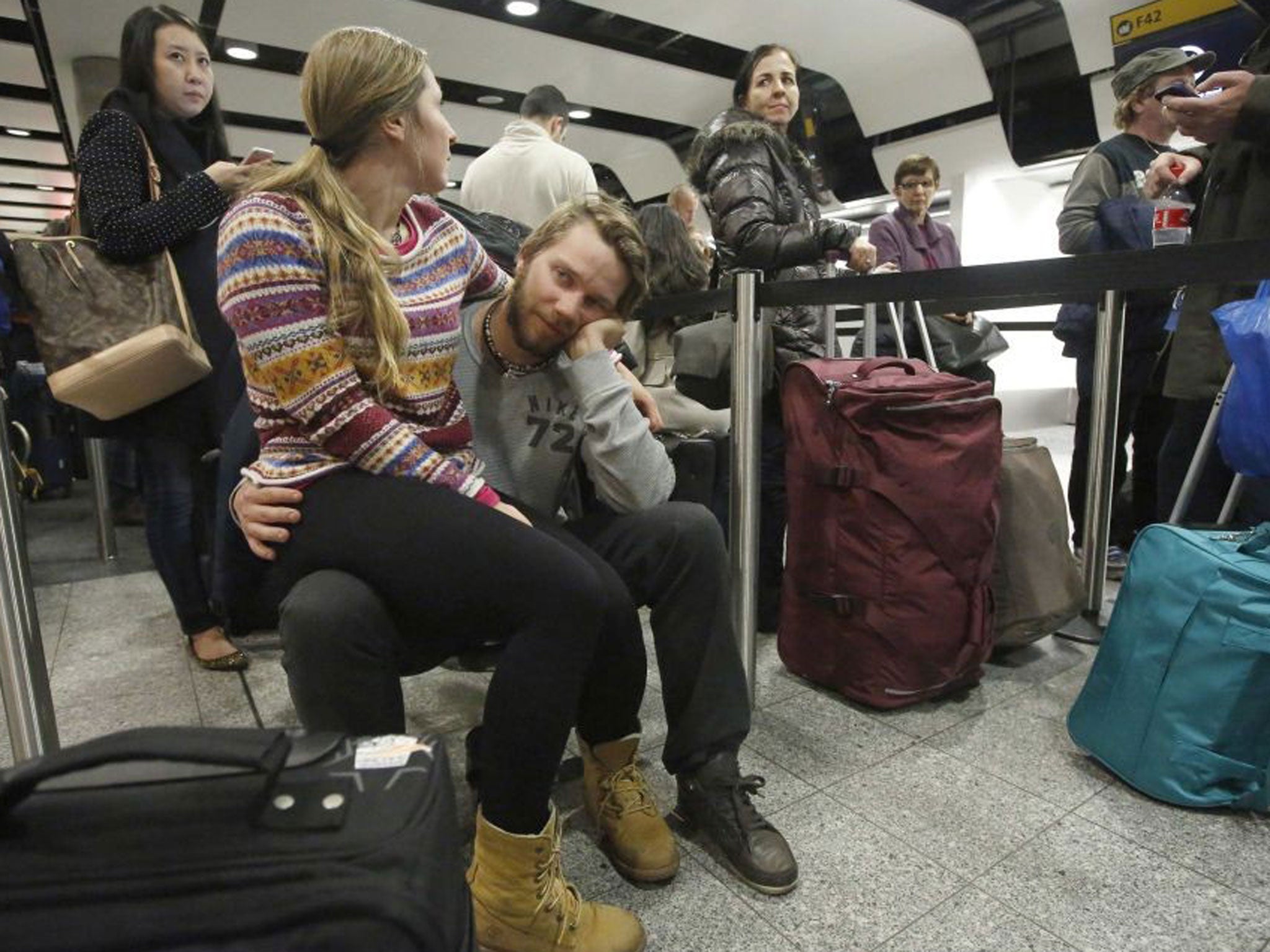Backlog of flights could see more airport chaos
Airports must deal with remaining passengers hit by twelve-hour technical glitch

A glitch at an air traffic control centre that caused severe delays to flights on Saturday may continue to inconvenience passengers.
Hundreds of flights were cancelled or delayed as travellers waited over twelve hours for the technical problem at the National Air Traffic Service (Nats) centre in Swanwick, Hampshire to be solved.
Nats said while the disruption is likely to have a knock-on effect on Sunday, the three main London airports predict they will have an unproblematic day.
London Heathrow, Gatwick and Stansted are advising passengers to check with their airlines prior to travelling.
The error "severely delayed" nearly 8% of flights across Europe according to Eurocontrol, the European organisation for air navigation safety.
Major airports in the south of England including Heathrow, Stansted and Gatwick bore the brunt of the delays. Passengers at Heathrow suffered the most with 15% of the usual 1,300 arrivals and departures being cancelled, according to a spokesman.
Manchester Airport, Leeds Bradford, Doncaster Robin Hood, Newcastle, Birmingham, Belfast International Airport and Dublin Airport were also affected by the technical issues.
Frustrated passengers were left in long queues to rebook flights, while others reported having to wait for hours to speak to airline representatives.
The problem began at 6am when the 23 controllers on a night shift at Swanwick handed over to the 125 controllers on the day shift. The issues remained unresolved until 7:30pm.
Nats has stressed that safety was not at risk at any time.
In a statement yesterday, the company apologised for the disruption, saying: “The reduction in capacity has had a disproportionate effect on southern England because it is extremely complex and busy airspace.”
”To be clear, this is a very complex and sophisticated system with more than a million lines of software” adding “[it] is the biggest system of its kind in Europe.
“This has been a major challenge for our engineering team and for the manufacturer, who has worked closely with us to ensure this complex problem was resolved as quickly as possible while maintaining a safe service.”
Subscribe to Independent Premium to bookmark this article
Want to bookmark your favourite articles and stories to read or reference later? Start your Independent Premium subscription today.

Join our commenting forum
Join thought-provoking conversations, follow other Independent readers and see their replies